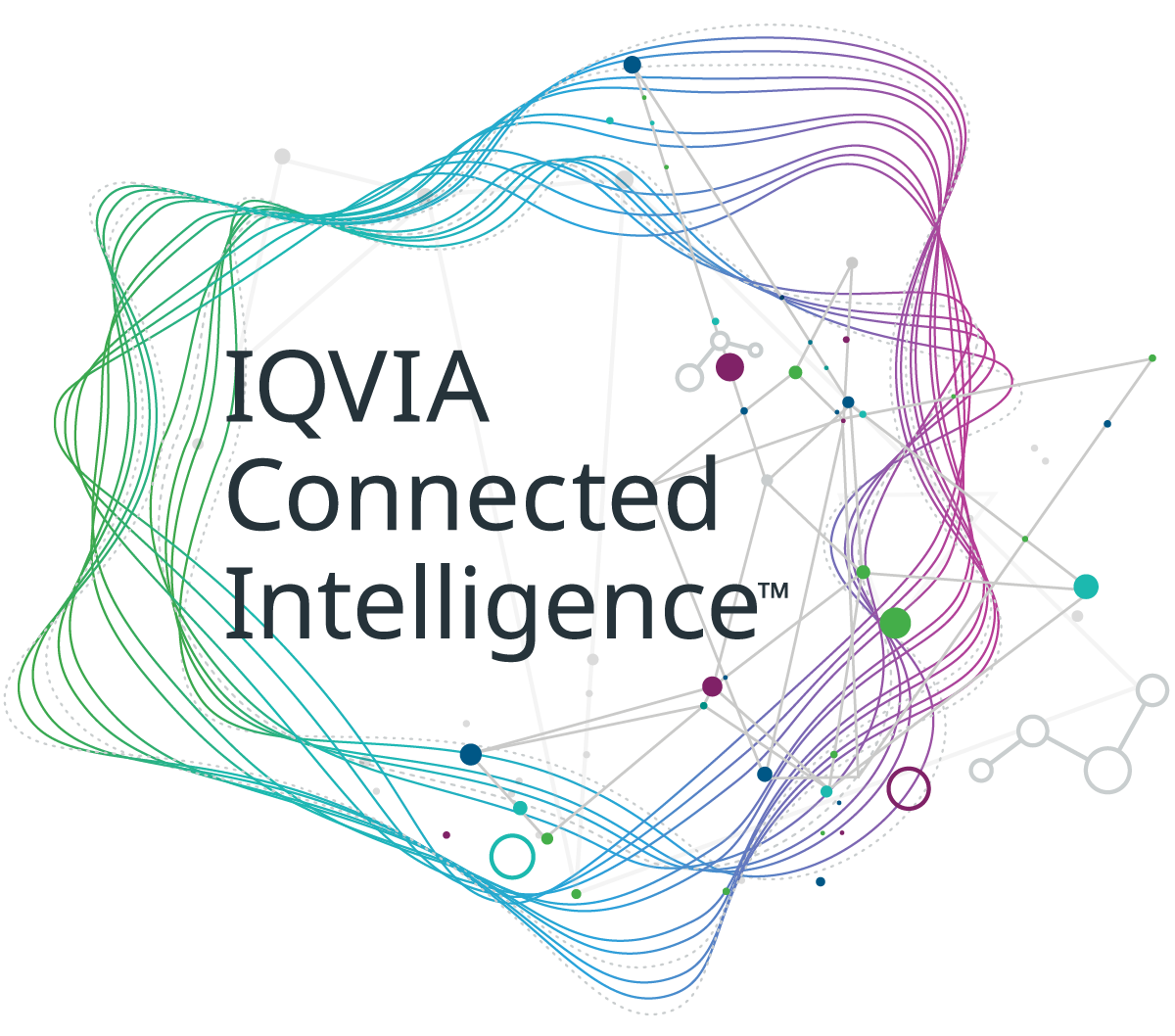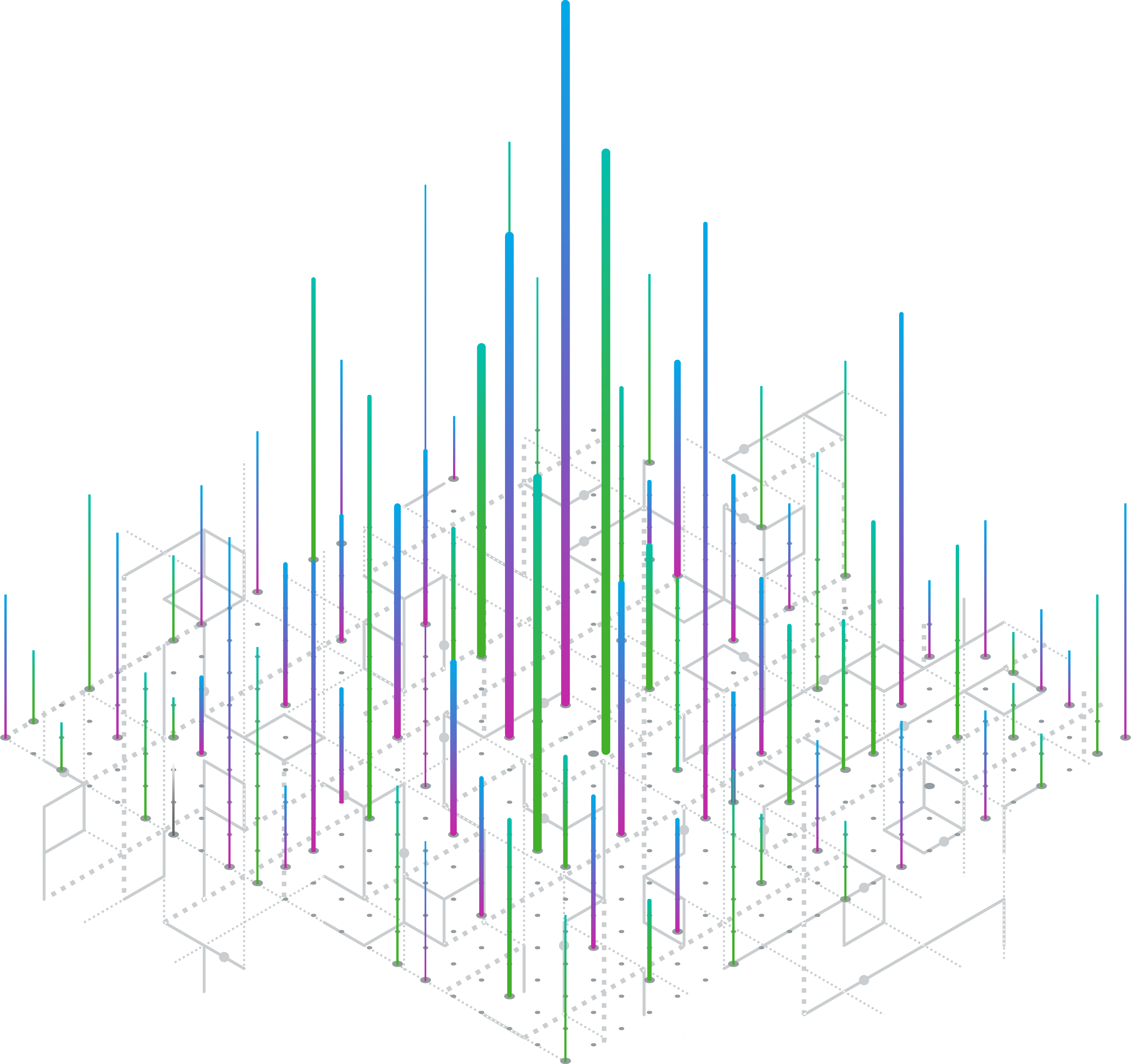-
Americas
-
Asia & Oceania
-
A-I
J-Z

EMEA Thought Leadership
Developing IQVIA’s positions on key trends in the pharma and life sciences industries, with a focus on EMEA.
Learn more -
Middle East & Africa

EMEA Thought Leadership
Developing IQVIA’s positions on key trends in the pharma and life sciences industries, with a focus on EMEA.
Learn more
Regions
-
Americas
-
Asia & Oceania
-
Europe
-
Middle East & Africa
-
Americas
-
Asia & Oceania
-
Europe
Europe
- Adriatic
- Belgium
- Bulgaria
- Czech Republic
- Deutschland
- España
- France
- Greece
- Hungary
- Ireland
- Israel
- Italia

EMEA Thought Leadership
Developing IQVIA’s positions on key trends in the pharma and life sciences industries, with a focus on EMEA.
Learn more -
Middle East & Africa

EMEA Thought Leadership
Developing IQVIA’s positions on key trends in the pharma and life sciences industries, with a focus on EMEA.
Learn more
SOLUTIONS
-
Research & Development
-
Real World Evidence
-
Commercialization
-
Safety & Regulatory Compliance
-
Technologies
LIFE SCIENCE SEGMENTS
HEALTHCARE SEGMENTS
- Information Partner Services
- Financial Institutions
- Global Health
- Government
- Patient Associations
- Payers
- Providers
THERAPEUTIC AREAS
- Cardiovascular
- Cell and Gene Therapy
- Central Nervous System
- GI & Hepatology
- Infectious Diseases and Vaccines
- Oncology
- Pediatrics
- Rare Diseases
- View All

Impacting People's Lives
"We strive to help improve outcomes and create a healthier, more sustainable world for people everywhere.
LEARN MORE
Harness the power to transform clinical development
Reimagine clinical development by intelligently connecting data, technology, and analytics to optimize your trials. The result? Faster decision making and reduced risk so you can deliver life-changing therapies faster.
Research & Development OverviewResearch & Development Quick Links

Real World Evidence. Real Confidence. Real Results.
Generate and disseminate evidence that answers crucial clinical, regulatory and commercial questions, enabling you to drive smarter decisions and meet your stakeholder needs with confidence.
REAL WORLD EVIDENCE OVERVIEWReal World Evidence Quick Links

See markets more clearly. Opportunities more often.
Elevate commercial models with precision and speed using AI-driven analytics and technology that illuminate hidden insights in data.
COMMERCIALIZATION OVERVIEWCommercialization Quick Links

Service driven. Tech-enabled. Integrated compliance.
Orchestrate your success across the complete compliance lifecycle with best-in-class services and solutions for safety, regulatory, quality and medical information.
COMPLIANCE OVERVIEWSafety & Regulatory Compliance Quick Links

Intelligence that transforms life sciences end-to-end.
When your destination is a healthier world, making intelligent connections between data, technology, and services is your roadmap.
TECHNOLOGIES OVERVIEWTechnology Quick Links
CLINICAL PRODUCTS
COMMERCIAL PRODUCTS
COMPLIANCE, SAFETY, REG PRODUCTS
BLOGS, WHITE PAPERS & CASE STUDIES
Explore our library of insights, thought leadership, and the latest topics & trends in healthcare.
DISCOVER INSIGHTSTHE IQVIA INSTITUTE
An in-depth exploration of the global healthcare ecosystem with timely research, insightful analysis, and scientific expertise.
SEE LATEST REPORTSFEATURED INNOVATIONS
-
IQVIA Connected Intelligence™
-
IQVIA Healthcare-grade AI™
-
IQVIA AI Assistant
-
Human Data Science Cloud
-
IQVIA Innovation Hub
-
Decentralized Trials
-
Patient Experience Solutions with Apple devices
WHO WE ARE
- Our Story
- Our Impact
- Commitment to Global Health
- Code of Conduct
- Sustainability
- Privacy
- Executive Team
NEWS & RESOURCES

Unlock your potential to drive healthcare forward
By making intelligent connections between your needs, our capabilities, and the healthcare ecosystem, we can help you be more agile, accelerate results, and improve patient outcomes.
LEARN MORE
IQVIA AI is Healthcare-grade AI
Building on a rich history of developing AI for healthcare, IQVIA AI connects the right data, technology, and expertise to address the unique needs of healthcare. It's what we call Healthcare-grade AI.
LEARN MORE
Meet the IQVIA AI Assistant
Your new expert analyst is here. Be at the forefront of data-driven decision-making with a new generative AI tool that enables you to interact with our products and solutions like never before. Get results you can trust, faster.
LEARN MORE
Your healthcare data deserves more than just a cloud.
The IQVIA Human Data Science Cloud is our unique capability designed to enable healthcare-grade analytics, tools, and data management solutions to deliver fit-for-purpose global data at scale.
LEARN MORE
Innovations make an impact when bold ideas meet powerful partnerships
The IQVIA Innovation Hub connects start-ups with the extensive IQVIA network of assets, resources, clients, and partners. Together, we can help lead the future of healthcare with the extensive IQVIA network of assets, resources, clients, and partners.
LEARN MORE
Proven, faster DCT solutions
IQVIA Decentralized Trials deliver purpose-built clinical services and technologies that engage the right patients wherever they are. Our hybrid and fully virtual solutions have been used more than any others.
LEARN MORE
IQVIA Patient Experience Solutions with Apple devices
Empowering patients to personalize their healthcare and connecting them to caregivers has the potential to change the care delivery paradigm.
LEARN MOREIQVIA Careers
Featured Careers
Stay Connected

WE'RE HIRING
"At IQVIA your potential has no limits. We thrive on bold ideas and fearless innovation. Join us in reimagining what’s possible.
VIEW ROLES- Blogs
- When the copy is as good as the real thing: The (forged) art of Generative Adversarial Networks
It’s hard to deny that machine learning and artificial intelligence is on the rise. In fact, it’s seemingly everywhere, largely as a result of faster computational processes and more optimized methods that have accelerated technologies (new and existing) in all sectors of the modern world.
One such technology are Generative Adversarial Networks (GANs), introduced in 2014 by a group of researchers, led by Ian Goodfellow, at the University of Montreal. GANs are a fascinating and innovative combination of game theory and deep learning through the conjunction of two competing (“adversarial”) neural network models. The idea is to use one model to generate samples (the generator), and another model (the discriminator) to take samples from both the generator and the training data, and then discern between the two. These two models are trained concurrently to the point where the generated samples are indistinguishable from real data by the discriminator. A common analogy is a forger (generator) who learns to forge art until an art expert (discriminator) can no longer recognize the forged art from the real art.
Needless to say, the potential is immense, and its application to solving key questions in healthcare is tantalizing.
One notable project underway comes from a group of researchers at the Department of Biomedical Informatics at Columbia University, who are attempting to use GANs to predict drug-induced laboratory test trajectories.
In another area, Neuromation, a company specializing in AI advancements in medicine, has attempted to use GANs to do drug discovery – creating and identifying lead molecules that are most likely to have desired properties.
IQVIA is even pioneering investigation into the potential for GANs to generate synthetic patient data to overcome issues related to privacy and sparse data such as the case with rare diseases. Since data for these diseases are sparse to begin with and most machine learning models need a certain threshold of data to become accurate, GANs could be useful to generate synthetic data that can be as realistic as possible. This would be a watershed moment for an area that struggles desperately to gather enough data to understand diseases and help patients in need. It would also be an important step forward in patient privacy and solving long-standing concerns over protected health information (PHI).
Of course, while it’s easy to be intoxicated by the possibilities, it’s important to temper our excitement and be realistic about the current limitations. Notably, the standard caveats of machine learning still apply, especially regarding how the data used in training must be a complete representation of the predictors.
Additionally, it is possible that the results the GANs create could be physically impossible or not feasible when dealing with drug creation or health record generation. This is due in part to the models being unable to “explain” why their output is correct. And so GANs require skill domain experts (human data scientists, in fact) that understand the healthcare space as well as the science. A simple example of this is using GANs to generate film screenplays. Although a well modeled GAN could create a correctly structured screenplay, the plot might not be well developed and may be prone to continuity errors (as happened with this sci-fi film – although the model that produced this screenplay did not have a discriminator model to validate it). It is but another important example of the relevance – and even the necessity – of domain expertise and human oversight in the development of truly optimal machine learning technologies.
Of course, all of this is just the tip of the iceberg in the conversation of how machine learning can improve, develop, and optimize the healthcare sector. The technology and potential of GANs is just developing, but its impact is already undeniable.











